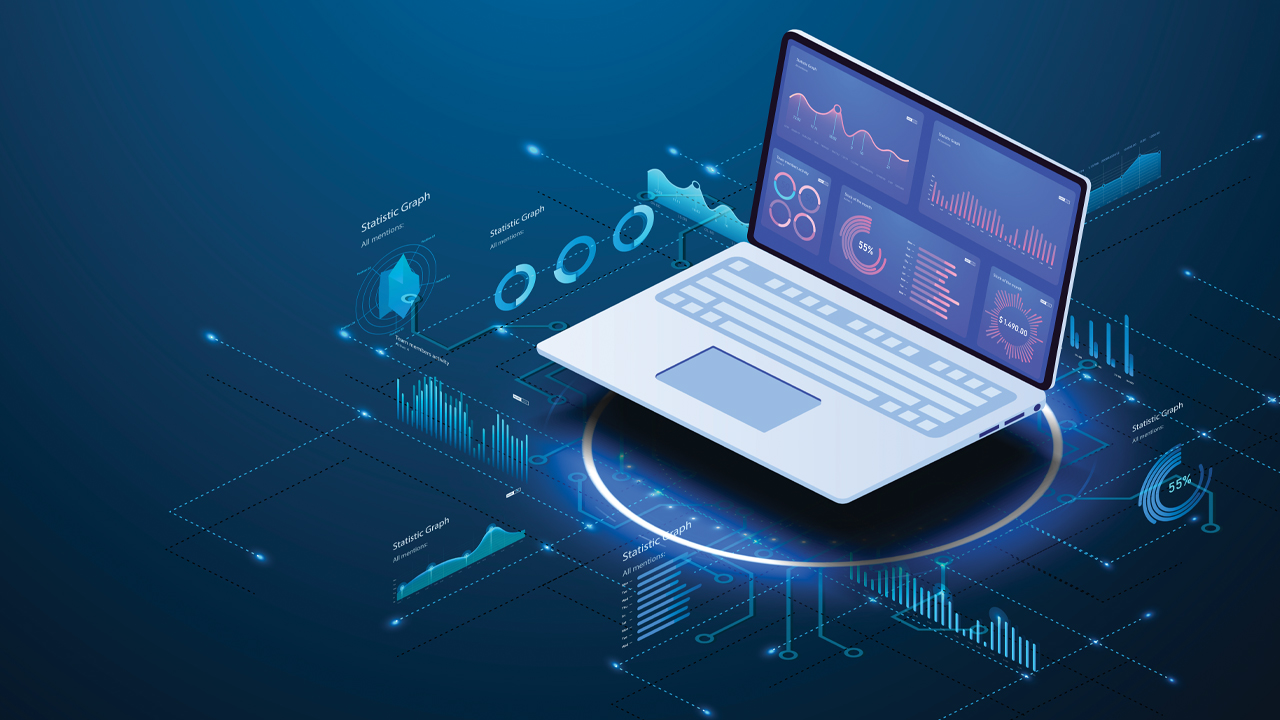Forget Science Fiction: The Future of Work Is Within Reach
How business leaders can give clients and employees the platform they need to be successful now and in the future.

This article is sponsored by Fulcrum GT. This story originally appeared in the Fall 2021 print edition of the Middle Market Growth Future of Work Special Report. Read the full report in the archive.
There is no question that client expectations drive how businesses develop and package their products. Businesses most able to respond with a new solution or model to capitalize on client demand tend to thrive; those that cannot respond frequently fall to the bottom of the pack. However, even for the most successful businesses, innovation in the product space does not necessarily lead to the optimization, resetting or advancement of business operations.
The disconnect that so often exists between new product innovation and day-to-day business operations can slowly grow to the point of paralyzing the business. For the business leader, facing innovation and agility pressures from new market entrants—along with scale, market penetration and operational discipline pressures from larger competitors—creates something of a perfect storm. It raises the question: how to innovate, address client demands, increase efficiency, provide internal controls, manage risk, and still generate profit? How can business leaders give clients and employees the platform needed to be successful now and in the future?
Predictions about the 21st century workplace from the early, mid- and even late 1900s had all humans replaced by robots, working less, being paid more, with time for leisure and family. However, the reality in 2021 is far more prosaic. Getting the basics right still requires too much effort. It’s a reality for plenty of businesses.
Today, a very normal finance function will have divergent, manual or inconsistent processes that often result in higher than necessary headcount. It will have non-integrated systems with variable quality data that keep the firm’s workforce focused on Excel, SQL and macros to produce an output while being able to rely on it. And it will most likely have big peaks and troughs in activity that coincide with periodic events like year-end, or the audit cycle. The future of work as depicted 50, 40 or even 30 years ago was perhaps a little optimistic.
The disconnect that so often exists between new product innovation and day-to-day business operations can slowly grow to the point of paralyzing the business.
However, changing this status quo is a tough task. Many leaders are saddled with technical debt from old systems and methods that do not align with the vision of a modern digital business; they often are confronted with the widely held perception that doing nothing carries no risk. Yet, when allowed to persist, this environment becomes damaging to outcomes for the firm’s clients, employees and leaders.
The obvious answer to the challenge of creating a modern digital business is technology change. When discussing technology change, more often than not, the temptation for business leaders is to pursue one or a combination of two paths. The first, a “low-risk approach,” involves upgrades to existing systems, tactical deployments or building in-house approaches. The second, a “shiny-toys approach,” involves the latest technologies. These approaches are perfectly valid in limited circumstances. However, the “low-risk approach” often acts to speed the accumulation of technical debt rather than reduce it. It allows inferior, outdated or end-of-life technologies to persist or lead to the absorption of more that are hidden. The “shiny-toys approach” often results in small proof-of-concept deployments that are quickly forgotten. Hardly the future of work.
If it is to have a future, work demands a foundation of robust systems, supporting streamlined processes, sharing data between various users and processes in a seamless and controlled way, and enforcing high standards of data quality from which reliable insight can be drawn—all of which is used to enhance the customer experience.
To deliver this, the most insightful business leaders have chosen and continue to choose to invest in a single operating platform, or Enterprise Resource Planning system (ERP). The journey toward a single operating platform is not a simple one and the aspirations of many a thought leader have been damaged in an ERP project gone wrong. However, these technologies are far from the monolithic and rigid ERP technologies of old. The modern, purpose-built, enterprise-grade digital business platform provides the benefits of an ERP with quicker delivery time and a lower risk profile than most business leaders would be used to. And, in recent years, the cloud platforms and SaaS offerings in this space have become ubiquitous, lowering the costs of investment and barriers to progress.
If it is to have a future, work demands a foundation of robust systems, supporting streamlined processes, sharing data between various users and processes in a seamless and controlled way, and enforcing high standards of data quality from which reliable insight can be drawn—all of which is used to enhance the customer experience.
Still, digital business transformation doesn’t happen by accident. It needs to be based on a firmly held commitment to long-term systemic change throughout the organization, and it requires an organization that is aligned to the changes.
So, what does the future of work look like? The workplace isn’t yet ready for the rise of the machines promised in the 1950s or by technologies such as artificial intelligence. (AI shows much promise, but it still has relatively limited practical applications.) Perhaps the future of work is a little better and more achievable than that. Maybe it’s a set of business systems, processes and people that work together in harmony to provide stability, longevity and the ability to seek out and capitalize on new opportunities. That’s a prize worth having.
Neil Butten is the managing director UK at Fulcrum GT and helps lead its esteemed Innovations Group. Butten has completed multiple full-system implementation life cycles across numerous geographies using various innovative technologies. Recently, he served as global business process architect for the Top Five global law firm Norton Rose Fulbright, and as senior adviser for Big Four giant Deloitte.



